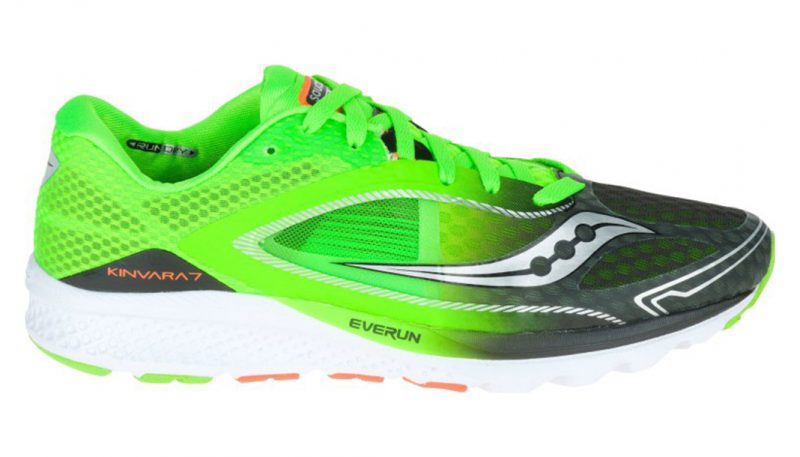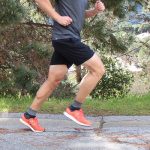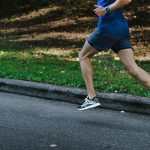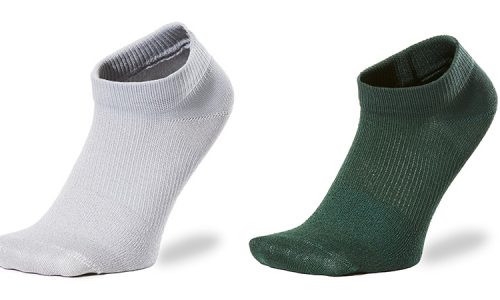Home » Gear Reviews » Running » Running Shoes » Road Running Shoes » Lightweight Running Shoes » Saucony Kinvara 7
Saucony Kinvara 7 Review
February 25, 2016
 86
86 The Good
- Improved flexibility in midsole
- Excellent cushioning for the weight
- Strong responsiveness in outsole and midsole
The Bad
- Midfoot and toebox will be narrow for some users
- Pronators will wear down medial heel area quickly
Saucony took a rather significant risk in overhauling a popular shoe, but the changes seem to have paid off. Our testers are impressed with the fit, overall comfort, and ride quality, so fans of the Kinvara 6 shouldn’t be disappointed. This is a great lightweight shoe for high mileage training, speedwork, or any distance of road racing.
When it debuted as a minimalist shoe several years ago, the Kinvara was bigger and more technologically substantial than the vast majority of models in that category. Now that the minimalist wave has crested, the space Saucony carved out seems to be ideal: lightweight, flexible, limited drop shoes that deliver all the performance benefits of traditional shoe design. And as the company’s material technology has improved, the appeal of the Kinvara has increased accordingly.
Fit
The last of the Kinvara shoe is classic Saucony, which is to say it is comfortably snug in the rear and midfoot, with a rounded and more spacious forefoot. This last proves to be narrow for some testers, and the toebox isn’t quite wide enough to allow full toe splay. A ProLock lacing system helps secure the upper against the midfoot area, but this structure may also be an impedance to wide feet. Overall length and width are true to size.
Comfort
Moderate padding in the heel, ankle collar, and tongue keep the uppers comfortable even when cinched tight. The heel counter is fairly rigid from the bottom to about halfway up the heel, where the material softens and allows more movement of the Achilles tendon.
Responsiveness
A combination of outsole rubber is strategically placed in the outsole: XT-900 is a high-durability compound in the lateral heel and distal toe-off areas, and IBR+ is a lighter, softer compound used in areas where both cushioning and responsiveness are required. The IBR+ distribution is more medial in the forefoot on the Kinvara 7 compared to the 6, but unfortunately the heel area remains unreinforced on the medial side. However, the primary contribution to responsiveness comes from the EVERUN material, which advertises an 83% energy return with each impact.
Ride Quality
Saucony’s new proprietary EVERUN foam is designed to not just return energy effectively, but to stay highly resilient to breakdown or deformation over the life span of the shoe. The Kinvara 7 only positions EVERUN in the rearfoot, and extends a traditional EVA cushioning layer higher up (closer to the foot). The effects of EVERUN will be most prominent on longer runs; for a neighborhood 5K, it won’t feel much different than the previous Kinvara, but as the runs get longer, testers have observed that their legs aren’t quite as fatigued as expected. Smoothness from heel to toe is also improved on the Kinvara 7 by extending the longitudinal outsole/midsole flex grooves the entire length of the shoe instead of just in the rearfoot.
Speed
A lightweight construction and a highly responsive midsole make the Kinvara a strong choice for speed work or road racing. The only caution is that if the fit is too narrow, longer distance races can cause some discomfort or irritation.



















